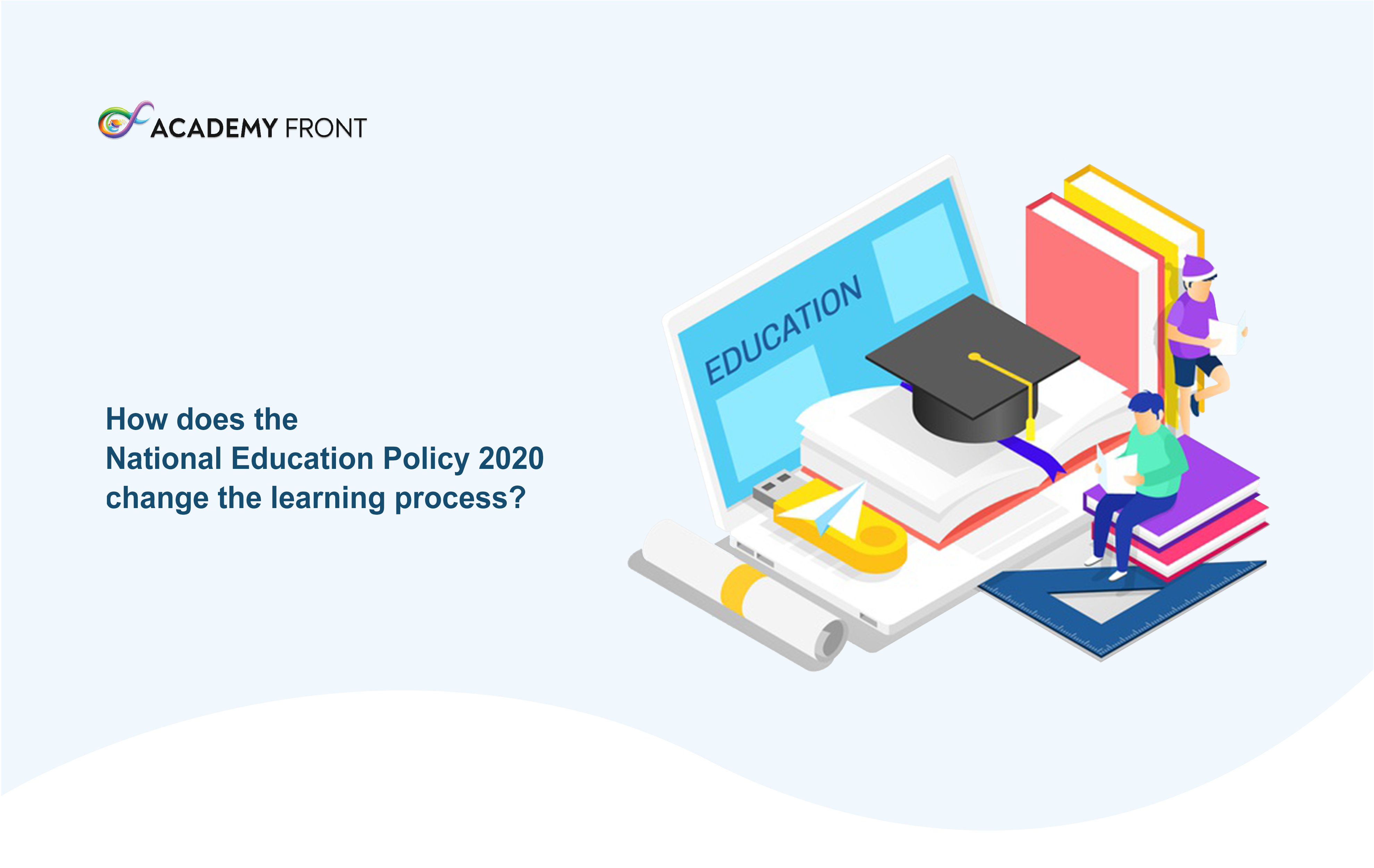
The announcement of the new National Education Policy on 31st July by the Ministry of Education is a major breakthrough in the learning process of children in India. There are many pioneering changes that have been passed in the cabinet on 29th July 2020. After it was first drafted in 1986 and modified in the year 1992, the Policy has not seen any significant changes. However, owing to the changing times and in order to make India self-sufficient, the new Policy has been proposed. It aims to make the future generation of India better skilled in a field of their choice by offering a universalized and holistic learning environment.
The goal of this new Policy is to accomplish 100% Gross Enrolment Ratio (GER) in schools by 2030 with universal access to education. As opposed to the current structure, the modifications are being brought about so as to enhance the earning capability of the average Indian by doing what he/she likes and has an interest in.
According to the new education policy 2020, following are some of the major changes that are being introduced for the same:
- The current 10+2 curriculum structure has been replaced with a 5+3+3+4 structure.
- Students have to sit for exams only in classes 3, 5 and 8, instead of the yearly examinations module.
- The mother tongue or local language is to be the medium of instruction for all schools upto to class 5 and is recommended until class 8.
- A holistic approach to teaching is being emphasized so that the prevalent rote learning can be made redundant.
- Students get more flexibility to pursue an education that they are interested in instead of a rigid curriculum.
- The 4 year undergraduate program has been brought to the forefront.
- The MPhil program has been removed going forward.
- More funds to help make education accessible to the disadvantaged groups and areas.
Based on the ages of the children, there are 4 significant phases that have been categorized by the Education Regulatory Council. Let us now discuss the 5+3+3+4 curricular and pedagogical structure to understand how the new National Education Policy impacts the learning process as a whole:
- The first part is for children in the age group of 3 to 8. The first three years are to be spent in Anganwadis and the next two, in pre-school education. This is named as the foundational phase.
The framework for this period is to be developed by the NCERT (National Council of Educational Research and Training), with importance on activity and discovery-based learning, languages, numbers, alphabets, logical thinking, etc. Students' will be introduced to good behaviour, hygiene, ethics and teamwork, to name a few. These will help them become better citizens. Instead of being restricted to classrooms, the learning process will be spread outdoors where children can observe and interact with Nature.
An important thing to remember is that this is the age when children remember the most as their cumulative brain development is at 85%. Therefore, new and interesting things have to be introduced to them at this stage.
- The second period is for children between the ages of 8 and 11 and has been named as the Preparatory stage. In this stage of classes 3, 4 and 5, introduction to textbooks, interactive learning and subjects that build their reading, writing, speaking, physical education, art, languages, science, and mathematics skills will be highlighted.
This is to inculcate a habit of reading and writing in children. Instead of the rote learning process, they will be encouraged to ask and interact as much as possible with the teachers.
- In the third stage between ages 11 and 14, the students will progress to classes 6, 7 and 8. Here, the students will be introduced to varied subjects such as sciences, mathematics, arts, social sciences, and humanities in classes 3, 4 and 5. The new National Education Policy embarks on a discussion-based learning process in this phase, just as the previous one. This Middle stage is crucial so as to understand what the children want from their education and which field they would like to excel in and make a career.
- The fourth stage of NEP 2020 is the high school or secondary stage and is between the ages of 14 and 18. The students in 9th and 10th grade fall in the first part and those in 11th and 12th, in the second category. There is an option for students of exiting grade 10th and re-entering the next phase, based on their interest.
This total stage is an extension of the third one with a focus on critical thinking. At this stage, with the right amount of counselling and holistic learning, students have a fair idea of what their aspirations from career and life are!
As mentioned earlier, the new National Education Policy is based on making education more accessible and the onus now lies on the respective State School Regulatory Authorities to implement it effectively.



























